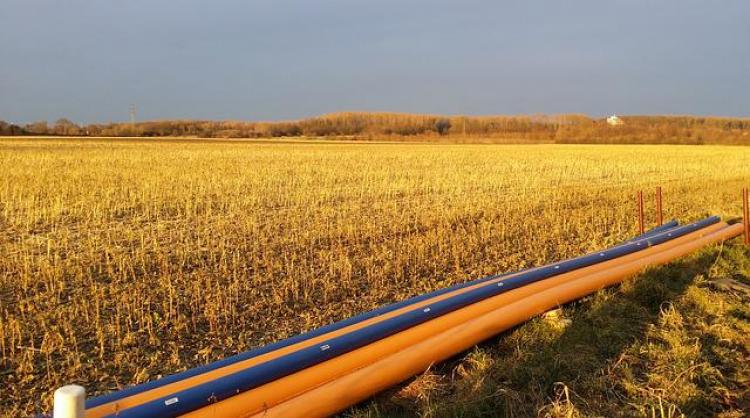FCC Seeks Higher Speeds for Rural Broadband Providers
June 6, 2022 | by Andrew Regitsky

On May 20, 2022, the FCC released a Notice of Proposed Rulemaking (NPRM) in Docket 10-90 seeking industry comments on a proposal by the Alternative Connect America Broadband Coalition (Coalition) designed to achieve widespread deployment of 100/20 Mbps broadband service throughout rural areas served by rate-of-return carriers currently receiving Alternative Connect America Cost Model (ACAM) support.
The geographic areas these rural carriers cover are among the highest cost areas in the country. Nevertheless, the NPRM would raise the broadband speeds required by the ACAM program to those now required by the Infrastructure Investment and Jobs Act of 2021, while minimizing duplicative efforts across different federal broadband programs.
The ACAM program was established in 2016 when the FCC decided to offer rate-of-return ILECs a voluntary path from traditional rate-of-return revenue recovery to support based on a model tailored to reflect their specific requirements in high-cost areas.
The ACAM model was used to establish fixed monthly support amounts over a ten-year term in exchange for broadband deployment to a pre-determined number of eligible locations. The Commission directed the [Wireline] Bureau to calculate support as model-estimated costs for eligible census blocks in excess of the funding threshold of $52.50 per location per month up to the cap of $200.14 Carriers were obligated to deploy broadband at speeds of at least 25/3 Mbps or 10/1 Mbps to a number of locations equal to the number of fully funded locations (i.e., locations in eligible census blocks which the model determined could be served for costs at or below the funding cap), and at least 4/1 Mbps or service on reasonable request to a number of locations equal to the number of capped locations (i.e., locations in eligible census blocks which the model determined could be served for costs above the funding cap). (NPRM, at para. 6).
Currently there are over 400 carriers receiving ACAM support. These ILECs serve approximately 1,170,000 eligible locations, while the total support they receive from the model is $1.1 billion per year. Thus, any action taken by the Commission in this proceeding will have a widespread impact on the industry.
In the NPRM, the Commission specifically requests the industry to comment on how it could:
Offer additional A-CAM support in exchange for increased broadband deployment obligations to additional locations and at higher speeds under an Enhanced ACAM program.
Use the new Broadband DATA Act maps to determine any new deployment obligations.
Calculate support for an Enhanced ACAM program, including whether the existing ACAM framework continues to be appropriate.
Align specific proposals with Congressional intent, as well as programs at other agencies.
Improve the administration of the high-cost program and better safeguard the Universal Service Fund.
The Commission also uses the NPRM to propose modifications to the high-cost program rules to improve efficiency and efficacy in the program, including further streamlining of annual reporting rules. Specifically, it seeks comments on:
Changing to annual reporting requirements and certification obligations;
Reviewing mergers between rate-of-return LECs;
Supporting exchanges acquired by a Connect America Fund recipient;
Streamlining the process to merge commonly owned study areas;
Standardizing the schedule for CAF recipients to file optional quarterly line counts;
Streamlining the process to relinquish Eligible Telephone Company (ETC) status.
Industry comments are due 30 days after the NPRM appears in the Federal Register. Reply comments are due 45 days after it appears in the Federal Register.
According to FCC Commissioner Brendan Carr, there are over $800 billion combined in the various federal programs for broadband deployment. It is high time that these programs are coordinated, and inefficiencies eliminated.

